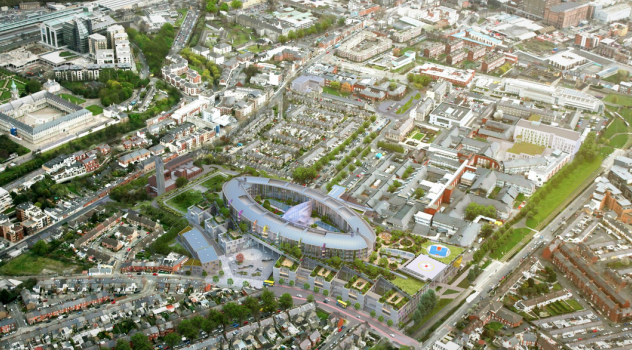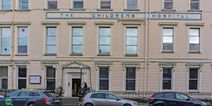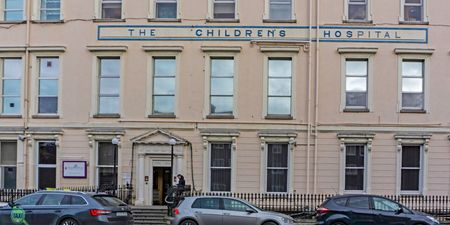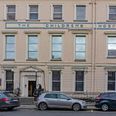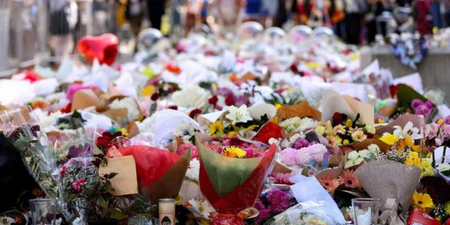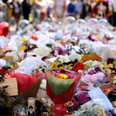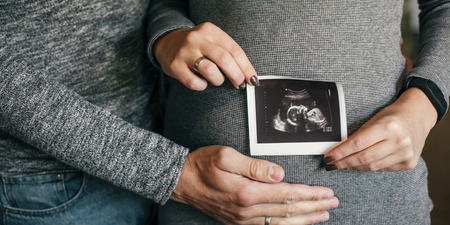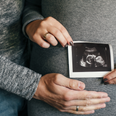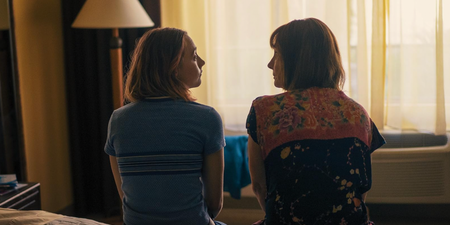An archaeologist who researched records of a predecessor of mother and baby homes that stood on the plot where the new National Children’s Hospital is being built claims the site could have a dark past.
According to archaeologist and former senator John Gilroy, tens of thousands of infants could be buried in mass graves in, or close to, the grounds of the new National Children’s Hospital, which is being built on the site of a former foundling hospital which was founded to prevent infanticide.
It was previously reported that there could have been a paupers’ grave and workhouse on the site, operating in the 1600s and 1700s, though an environmental impact study at the site found no evidence of graves.
However, speaking to the Irish Examiner, Gilroy explains that the presence of the foundling hospital on the site and the enormous death rate among those at the hospital indicates a high likelihood of thousands of children being buried there.
According to Gilroy, who researched the hospital site’s horrendous past, the rate of deaths there “bordered on corporate-engineered genocide.”
Of the 52,150 infants admitted to the Dublin foundling hospital between 1796 and 1826, a total of 41,524 died, Gilroy found.
And of the 5,216 infants sent there between 1790 and 1796, just three survived.
The archaeologist came across horrific reports relating to the times, including one written in 1876 by the ‘Inspector of Foundlings’ William Dudley Wodsworth.
“It tells the deeply disturbing history of Dublin’s foundling hospital,” said Mr Gilroy.
At one stage, the matron insisted on a pay rise because of the trauma she endured regularly watching the bodies of infants being thrown into pits and covered with lime.”
The foundling hospital operated for nearly 140 years from 1702 until the introduction of the Poor Law Act in 1838.
“During that time, it’s estimated almost 200,000 children, mostly infants, passed through its gates,” said Mr Gilroy.
Such was the demand that in 1730, the authorities created a ‘cradle or turning wheel’ in the door of the hospital.
“Anyone wishing to leave an infant there merely placed the child in the cradle,” said Mr Gilroy.
“Children from all parts, north, east, west, and even from Wales were sent to it.”
Gilroy says believes that a “sensitive” memorial should be built on the site in recognition of the huge number of infants who died there.
